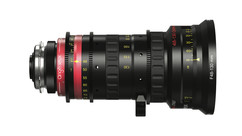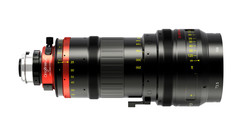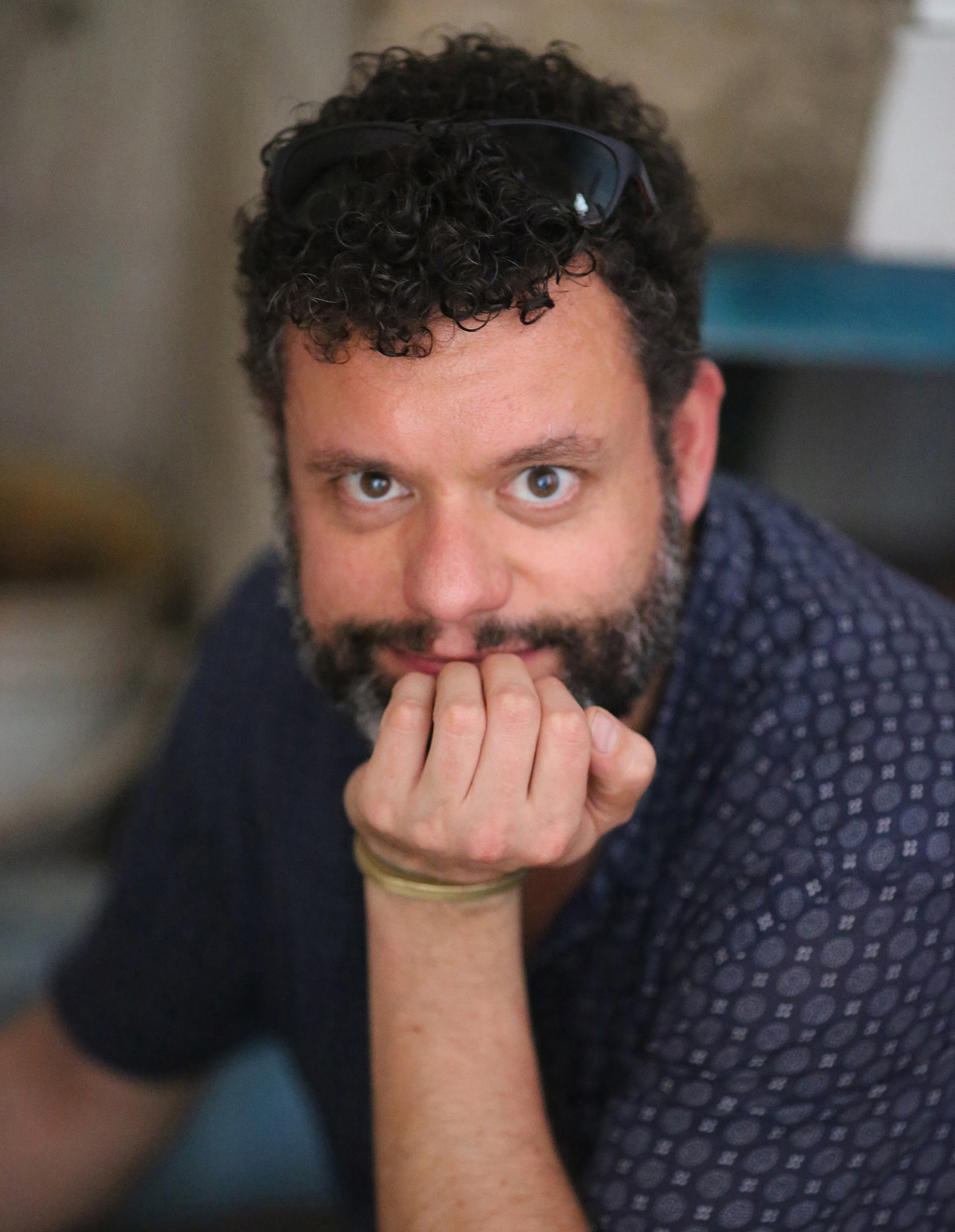
He has recently worked on feature documentaries such as the Oscar-nominated Life, Animated and Abacus — Too Small for Jail. Though he is always busy working, Tom was kind enough to answer a few questions about his road to becoming a cinematographer, as well as the creative and technical considerations on some of his most recent projects.
Can you tell us a bit about yourself and your previous work?
TB: I was born in Germany and knew very early on that I wanted to make films. So I chose the film-school route and studied Cinematography at the University for Film and Television 'Konrad Wolf' in Potsdam-Babelsberg, Germany before I studied Art History in New York City.
Later I taught photography and cinematography for several years. One of the unique features of the Potsdam film school is the total absence of a separation between specific narrative and documentarian-approaches. Students have to learn and work in both fields continuously. And thus do the teachers and professors in their own works.
Even though my focus is clearly on the documentary side I still embrace my experiences from the narrative world in every new project. The synergies that arise from both fields can be very powerful.
In the past few years, I mainly shot feature documentaries, of which Life, Animated by Roger Ross Williams clearly got the biggest attention when we were nominated for an Academy Award earlier this year. Other films include Abacus — Too Small for Jail by Steve James, Promised Land by Eugene Jarecki (the film premiered at the 2017 Cannes Film Festival), as well as The Punch by German director André Hörmann and Don't Make Me Over about singer Dionne Warwick.
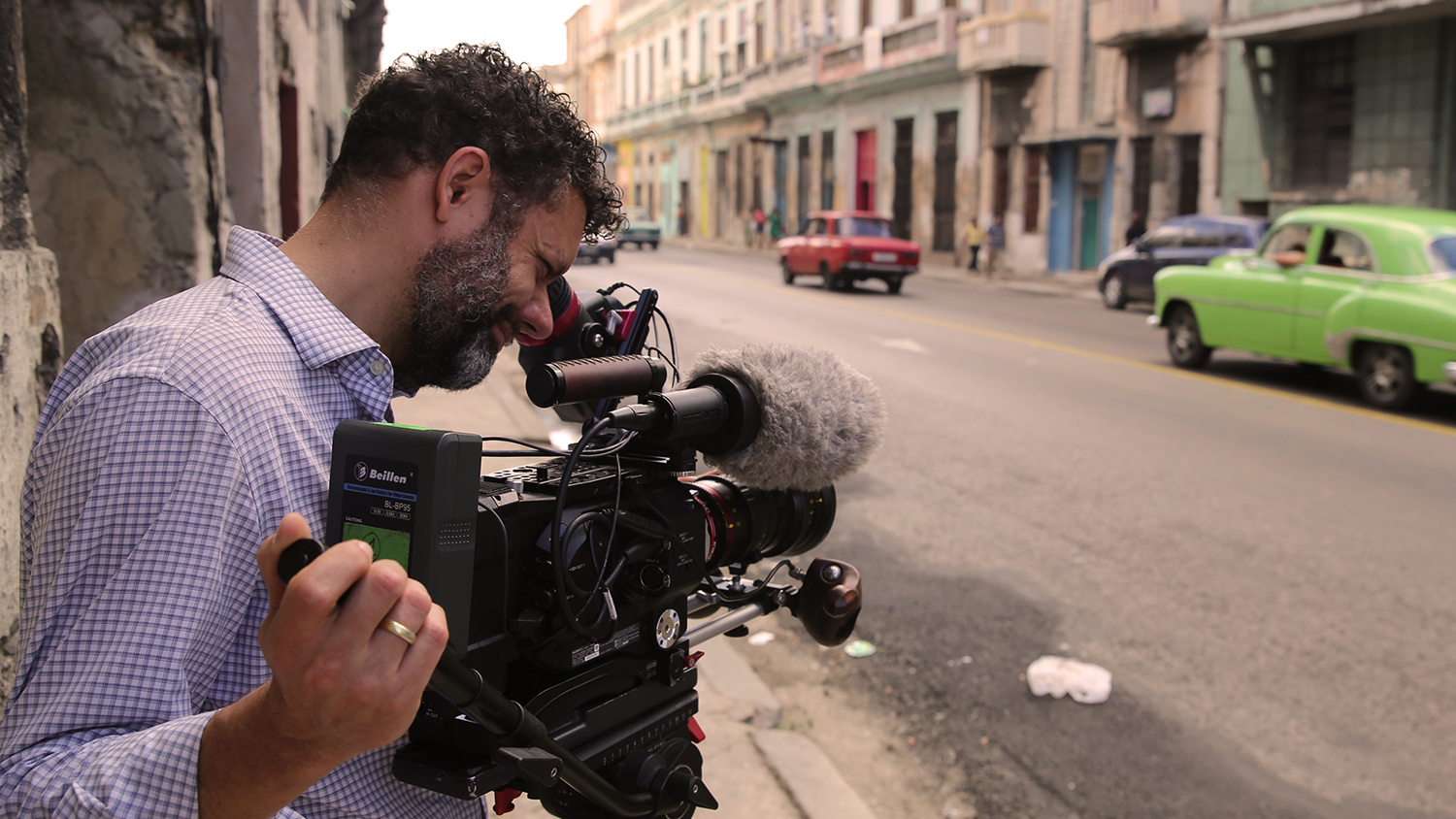
What inspires you?
TB: I think a deep interest in people and their stories is the most important quality of any documentary-filmmaker. Very early on in my career I felt the desire to travel to foreign places, to meet people and to learn about their lives. Until this day, this desire is my biggest source of inspiration for any new project.
Other inspirations come certainly from many of the early and current street photographers. It is the ability to wait for something to happen (even if one cannot exactly describe what you are actually waiting for), but there is this 'right' moment that you want to capture and you certainly know when it's there. The moment that stands for something bigger than the actual image does.
There is a wonderful book called Raval, by the Spanish photographer Joan Colon, who took pictures of Barcelona's underworld and working class, also the photography of the German photographer Gerhard Gäbler, or the images by Josef Koudelka and many others remain very important for me.
Can you give us a little more background on some of the projects on which you used the Angenieux Optimo Style lenses?
TB: One of the projects I worked on last year was a feature documentary, which turned out to be a road-movie. We travelled all over the U.S. with a wonderful old car and met people and scenes along the way. A lot of the scenes take place in that car, and we worked with a combination of rigged and handheld cameras. The shoot was challenging in the way that we had to be prepared for the pure verité moments but were also striving for a very elaborate look. We shot the whole film in Cinemascope at 4K. The Angenieux lenses gave me all the freedom to achieve an amazing image quality while also being small and light enough to easily move around and to react to the unforeseen. We used the Optimo Style lenses and also Angenieux anamorphic zooms.
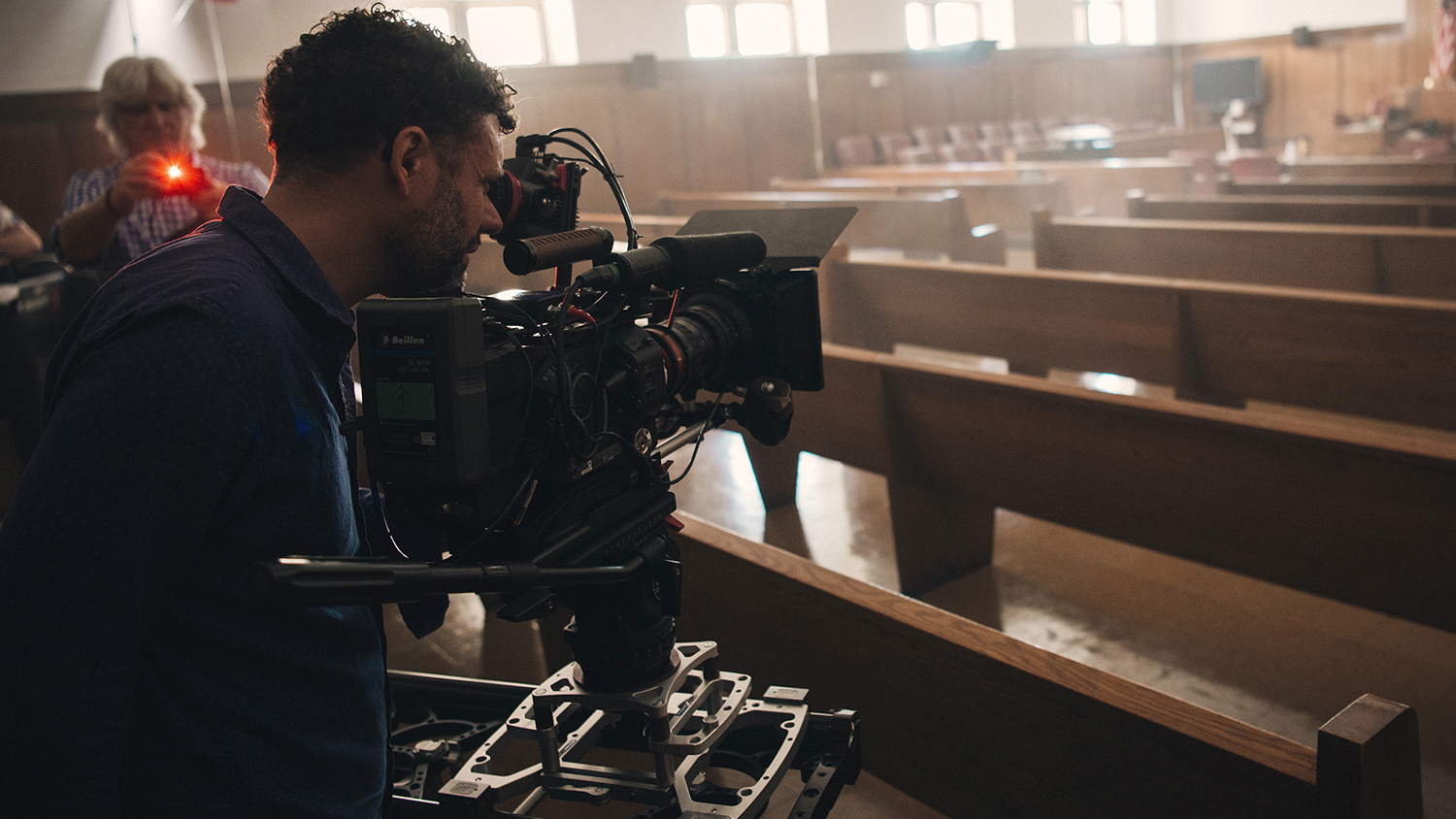
What cameras do you usually pair the lenses with and why?
TB: I used to work a lot with the Canon C300 but switched to the Sony FS7 last year. I stripped the camera down to its pure body and use none of the Sony accessories (except for the extension unit for V-mount batteries and the timecode option). With Wooden Camera Accessories (PL-Mount, Cheese plate, top handle), shoulder pad from Vocas and handgrips from Ergocine – the camera doesn't look like an FS7 any more. It took me some time but finally I came up with a setup that gives me a pretty well balanced shoulder camera with all the accessories I need.
I also shoot with the ARRI AMIRA quite frequently. By using my same pair of Optimo Style Zooms and my handgrips, the feel on the shoulder is very similar.
I did buy almost all my gear from AbelCine, and my salesperson, Victor Avila, was a great help in make sure all the gear I needed worked well together.
What type of shooting locations do you usually have to work with?
TB: Typically, I am constantly travelling. Currently, I am working on two new long-term documentaries, so shooting locations vary a lot. Last week I shot in Arkansas, Kansas and Florida, and this week I’ll be in Minnesota and in Chicago, and Ohio after that.
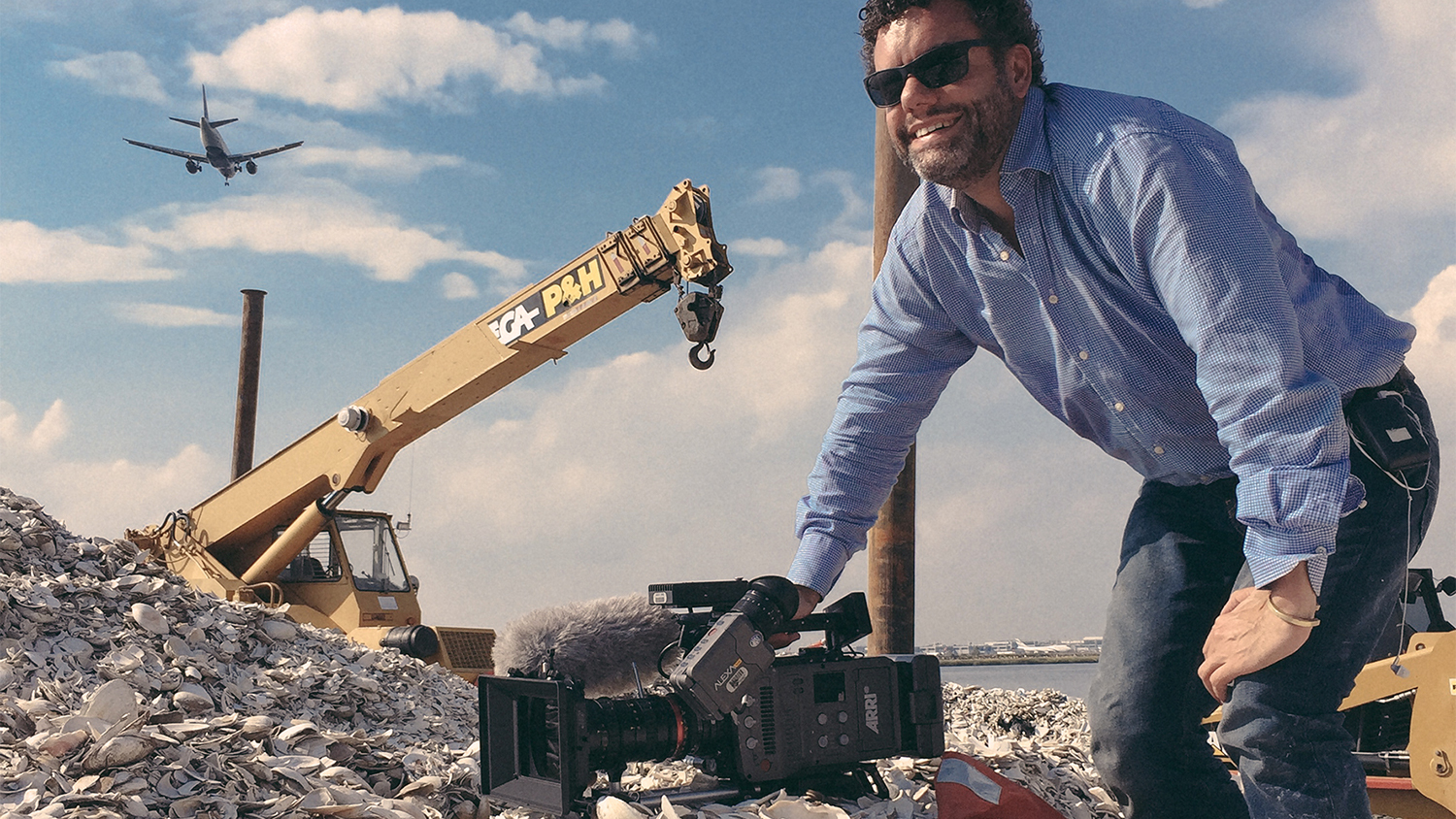
Why did you choose the Angenieux Optimo Style lenses for your projects?
TB: I started my career with 16mm and 35mm cameras, so I got in touch with Angenieux zooms very early on and was very used to their feel and handling. When they came up with the Optimo Style series, I was desperate to test the lenses, and it turned out that they gave me the same great feel that I knew from my film experiences. The lenses provide a very beautiful image quality, which is very lively and not too contrasty. Also, the lenses are very well balanced and of great mechanical and optical quality.
Were there any specific shooting/production challenges that the Angenieux lenses helped you address?
TB: The Optimo Style 16-40 and the 30-76 have the exact same dimensions and weight, so lens changes are extremely quick and easy to do. The lenses are very light and quite short compared to other zooms of the same range. So that definitely helps for long verité days with lots of handheld shooting. Also the small size of the lenses help a lot with shooting in tight spaces like cars, etc. I've also tested the 48-130 Optimo Style on a previous project and found it to be a great compliment to the 16-40 and 30-76.

What advice would you give someone just starting out in the industry who wants to become a cinematographer?
TB: Don't watch hundreds of films, but take a few films you really love and watch those over and over again. Study how those films were made and why they are working so well. Watch a film that you really like without sound and purely concentrate on the imagery. Or turn your monitor upside down and watch the same film again – it will tell you a lot about the structure and the rhythm.
For a long time I worked on film sets in different positions, for example I was a still photographer for some time. By doing so I learned a lot, as I was able to observe lots of different DPs and their unique approaches. One of the biggest benefits was time. I had time to think about the approach and solutions that the colleagues came up with. Once you are the DP yourself there's no time anymore. Usually you have to go with your first idea and won’t have the time to try different approaches. It is the dilemma of any cinematographer: on set you are judged by your speed — when watching dailies you are judged by the quality of your work. Especially in documentary it helps to have a solid training to come up with quick solutions for the unexpected.
Other than that — just start making films. Filmmaking is best learned by making films.
(Responses have been lightly edited for space. All photos courtesy of Tom Bergmann.)
About Tom Bergmann
Originally from Berlin, Germany, Tom Bergmann lives and works in NYC now. He studied cinematography at the acclaimed University for Film and Television 'Konrad Wolf' in Babelsberg, Germany. Life, Animated, directed by Academy Award-winner Roger Ross Williams and The Punch by German director Andre Hoermann are among Tom's recent works as a Cinematographer / Director of Photography for documentaries. Attention to the little signs away from the loud and the blatant is one of Tom's crucial approaches to documentary filmmaking. It is these little signals of transformation that will only come to awareness by a sustained study of the characters over a substantial period of time that will finally provide an enriched image of the protagonist's lives and the story itself. In recent years Tom worked on documentaries in India, China, Vietnam, Nepal, Usbekistan, Russia, Mexico and Cuba.















